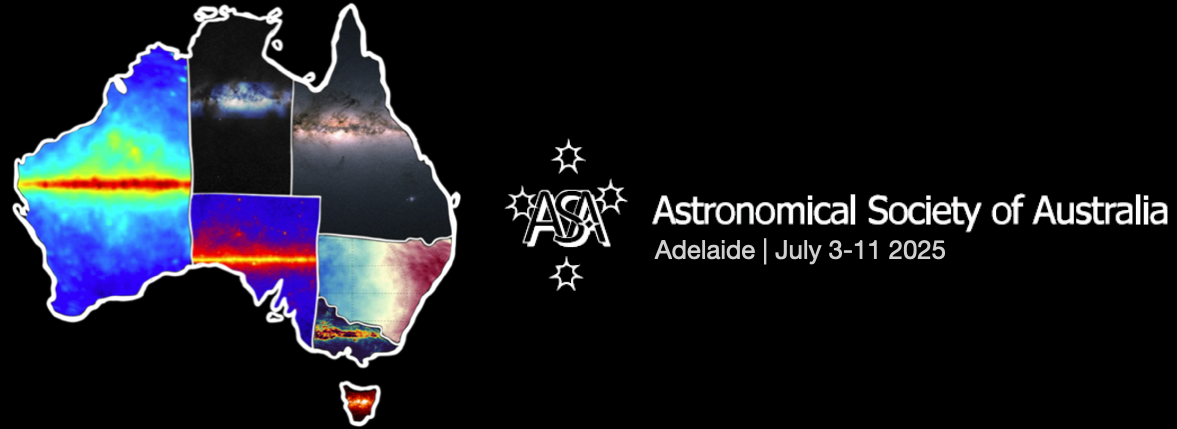Speaker
Description
The discovery of diffuse radio emission in galaxy clusters has been key to understanding the physical non-thermal processes shaping large-scale structures. For many years, galaxy groups were not contemplated as distinct astrophysical systems but rather as low-mass extensions of galaxy clusters. In reality, galaxy groups are common yet critical environments for studying galaxy evolution, the nature Intra-group Medium (IGrM), and structure formation. Using Australian Square Kilometre Array Pathfinder's (ASKAP’s) deep radio continuum data from the Evolutionary Map of the Universe (EMU) and Deep Investigations of Neutral Gas Origins (DINGO) surveys, we map faint diffuse radio emissions associated with the IGrM — such as halos, relics. These features may originate from Active Galactic Nuclei (AGN) activity, shock fronts, or turbulence within the group environment. Our goal is to identify and characterise these emissions across a statistically significant sample, and to study potential scaling relations between diffuse radio emission and group properties. This work provides critical insights into the role of non-thermal processes in low-mass systems and assess whether the scaling relations observed in galaxy clusters extend into the group regime or not, contributing to a more unified understanding of structure formation across mass scales.

